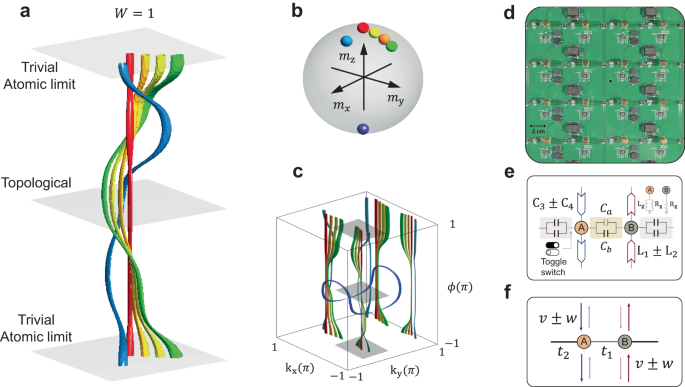2023-11-28 インペリアル・カレッジ・ロンドン(ICL)
◆Flight100プロジェクトは、運輸省の支援を受け、バージンアトランティック主導で、Imperial College London、University of Sheffield、Boeing、Rolls-Royce、BPなどのコンソーシアムが参加し、SAFを通常のジェット燃料の代替として実証しています。
◆SAFの使用は航空産業の脱炭素化の重要な一歩であり、CO2排出を最大70%削減できます。フライト100は、SAFが形成する氷結軌跡の気候影響を研究するための貴重な実験データを提供し、持続可能な飛行への道を切り拓いています。
<関連情報>
- https://www.imperial.ac.uk/news/249753/worlds-first-transatlantic-flight-100-sustainable/
- https://pubs.acs.org/doi/full/10.1021/acs.est.2c05781
持続可能な航空燃料の利用を目標に、気候変動への恩恵を最大化 Targeted Use of Sustainable Aviation Fuel to Maximize Climate Benefits
Roger Teoh, Ulrich Schumann, Christiane Voigt, Tobias Schripp, Marc Shapiro, Zebediah Engberg, Jarlath Molloy, George Koudis, and Marc E. J. Stettler
Environmental Science and Technology Published:November 17, 2022
DOI:https://doi.org/10.1021/acs.est.2c05781
Abstract

Sustainable aviation fuel (SAF) can reduce aviation’s CO2 and non-CO2 impacts. We quantify the change in contrail properties and climate forcing in the North Atlantic resulting from different blending ratios of SAF and demonstrate that intelligently allocating the limited SAF supply could multiply its overall climate benefit by factors of 9–15. A fleetwide adoption of 100% SAF increases contrail occurrence (+5%), but lower nonvolatile particle emissions (−52%) reduce the annual mean contrail net radiative forcing (−44%), adding to climate gains from reduced life cycle CO2 emissions. However, in the short term, SAF supply will be constrained. SAF blended at a 1% ratio and uniformly distributed to all transatlantic flights would reduce both the annual contrail energy forcing (EFcontrail) and the total energy forcing (EFtotal, contrails + change in CO2 life cycle emissions) by ∼0.6%. Instead, targeting the same quantity of SAF at a 50% blend ratio to ∼2% of flights responsible for the most highly warming contrails reduces EFcontrail and EFtotal by ∼10 and ∼6%, respectively. Acknowledging forecasting uncertainties, SAF blended at lower ratios (10%) and distributed to more flights (∼9%) still reduces EFcontrail (∼5%) and EFtotal (∼3%). Both strategies deploy SAF on flights with engine particle emissions exceeding 1012 m–1, at night-time, and in winter.



